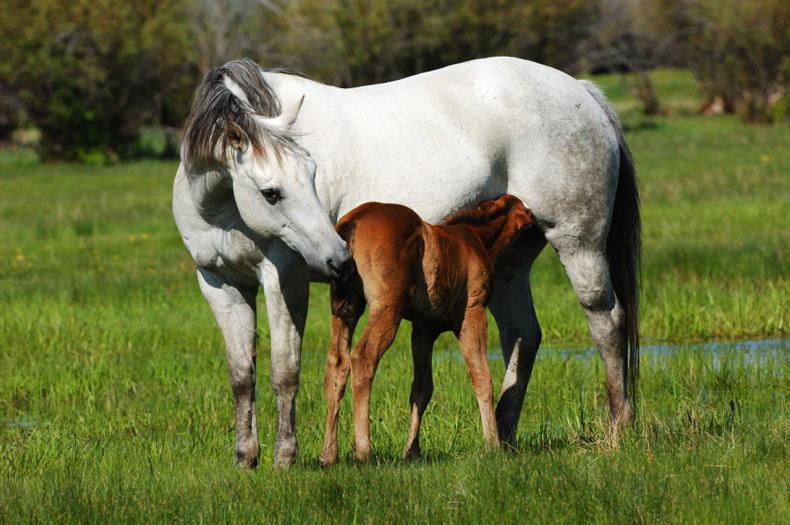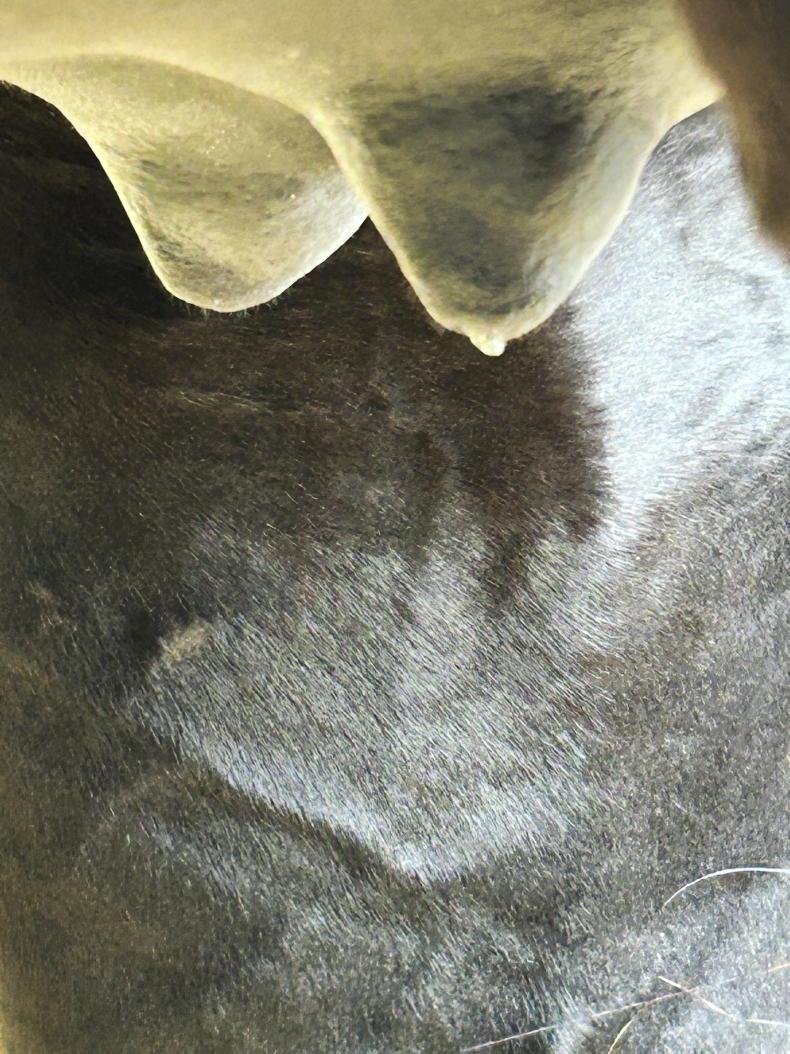FOALS are particularly vulnerable within the first 24 hours. Vets are often presented with cases where one issue being missed has led to a very sick foal, so it’s important to know what to look out for to help catch things early on.
Post foaling
Immediately, the foal’s head should be cleared of the birth sac and their nose cleared of fluids. If the foal is not breathing, sit them up and rub both sides of the chest vigorously. A delay in breathing can cause a lack of oxygen delivery to vital organs, so a vet should be called immediately in such cases.
Milestones in the first 24 hours
The mare
Any mare can become ‘foal-proud’ after foaling and their behaviour may become unpredictable, so be very mindful of your safety in the stable. It’s also important to watch the mare closely for signs of pain, colic or weakness after foaling.
Colostrum
For the first few weeks of life, foals rely on antibodies from the mare’s colostrum to protect against infection. These can only be absorbed in the first 24 hours, with most absorbed in the first six to eight hours. So the sooner your foal drinks from the mare, the better! Vets can test colostrum quality. They can also test the foal’s antibody level with an IGG blood test after 24 hours. This helps identify foals with failure of passive transfer (FPT), with these foals being at greater risk of infection.
Weak foals
These foals are often called ‘dummy foals’ and require intensive management. They may have trouble standing on their own and need help to nurse. They are at high risk of FPT and a vet should be called to stomach-tube the foal with colostrum before other issues arise. These foals often have underlying infections or limb deformities, which make standing and moving around difficult. Your vet will be able to assess these and make a plan for treatment going forward.
Milk nose
Foals which run milk from the nose while nursing often do so due to weakness, however it can also be a sign of a congenital deformity in the palate. These foals may inhale milk which can lead to pneumonia, so we recommend a veterinary assessment.
Going ‘off suck’
If a foal stops nursing, it’s usually a sign of a problem. A vet should be called as these foals will quickly become dull and dehydrated. Keep a close eye on the mare’s udder. Often a foal may appear to be nursing yet the mare’s udder remains full and may become hot and swollen.
Colic
Colic signs seen in foals include straining, tail ‘flagging’, restlessness and lying upside down. The most common cause within 24-48 hours of birth is meconium impaction. This is where the foal fails to pass the ‘first faeces’ leading to constipation. To prevent this, we give an enema to the foal shortly after birth, usually dispensing half a bottle into the rectum initially and keeping the second half to hand. Other causes of colic in young foals include diarrhoea and ruptured bladder. In any case of colic, a vet should be called immediately.
Diarrhoea
Following meconium passage, the foal’s faeces should be soft and ‘pasty’. In cases of diarrhoea, the faeces becomes more watery and the foal is at very high risk of becoming dehydrated. A vet should be called to treat the affected foal but also to assess the risk to other foals.
Navel issues
The navel is essentially an open wound for the first few days of life, so it’s essential to keep it clean. We recommend treating it with naval dip based on iodine or chlorhexidine shortly after foaling and repeating this two to three times over the first few days. Disposable gloves should be worn for this purpose and when checking the navel.
While normal to see some blood staining around the navel, a fast drip or constant stream of blood can lead to significant blood loss and warrants immediate veterinary attention. Another abnormality that may be seen is urine dripping from the navel. Swelling in the umbilical region can occur with infection and also with umbilical herniation. If you notice swelling or any abnormal discharge contact your veterinary surgeon.
Rib fractures
These can be felt along the chest and may sometimes be visible. These foals need to be handled extremely carefully to reduce the risk of damage to the underlying organs including the lungs and heart.
In summary, there are many issues that can arise in the first few days of a foal’s life. The key is to identify abnormal signs early to prevent knock-on effects and help to prevent more serious illness.


 This is a subscriber-only article
This is a subscriber-only article
 It looks like you're browsing in private mode
It looks like you're browsing in private mode











SHARING OPTIONS: